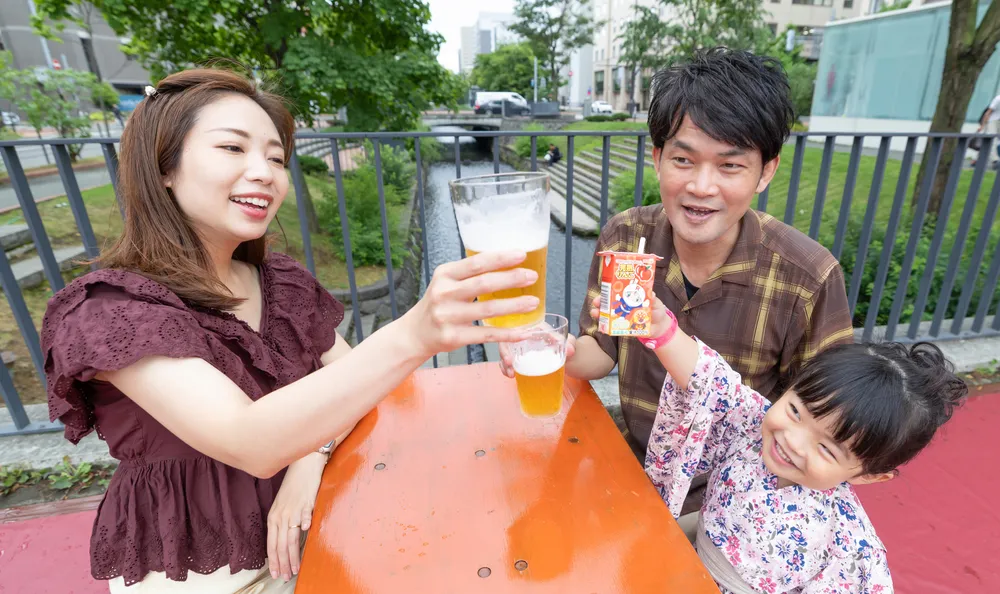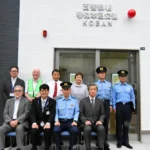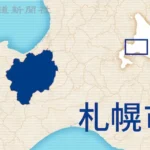The “Tanuki Nijo Summer Festival 2025 · Riverside Sake Garden,” inspired by Kyoto’s summer tradition of “Kawayuka” (riverbed dining), began on the 19th at Tanuki Nijo Square in Sapporo’s Chuo Ward (Minami 3, Higashi 1). Visitors can enjoy drinks and gourmet food while overlooking the Sosei River.
Tanuki Nijo Square
Tanuki Nijo Square is a lively cultural and shopping area located in Sapporo, Hokkaido, Japan. Known for its charming blend of historic and modern elements, the square features the famous Tanuki Koji Shopping Arcade, which dates back to the Meiji era (late 19th century) and remains a popular spot for local food, souvenirs, and entertainment. The area is named after the tanuki (raccoon dog), a folklore symbol of prosperity, and reflects Sapporo’s vibrant merchant history.
Sosei River
The **Sosei River** is a small, man-made waterway in Sapporo, Hokkaido, Japan, constructed during the late 19th century as part of the city’s early development under the Hokkaido Development Commission. Originally built for drainage and transportation, it now serves as a scenic urban canal lined with walking paths and cherry trees, offering a peaceful retreat in the city center. Its name, meaning “revival” or “rebirth,” reflects Sapporo’s modernization during the Meiji era.
Kyoto
Kyoto, once the imperial capital of Japan from 794 to 1868, is renowned for its rich history, traditional culture, and well-preserved temples, shrines, and gardens. Home to iconic sites like Kinkaku-ji (the Golden Pavilion) and Fushimi Inari Taisha, it reflects Japan’s ancient heritage and remains a center of art, religion, and craftsmanship. Despite modernization, Kyoto retains its historical charm, with 17 UNESCO World Heritage Sites showcasing its cultural significance.
Kawayuka
Kawayuka refers to traditional open-air platforms made of bamboo or wood, commonly found along rivers in Japan, especially in Kyoto. These structures are built by restaurants and tea houses during summer to offer diners a cool, breezy dining experience over the water. Historically, they date back to the Heian period (794–1185) and became popular in the Edo period (1603–1868) as a way to escape the heat while enjoying seasonal cuisine.






